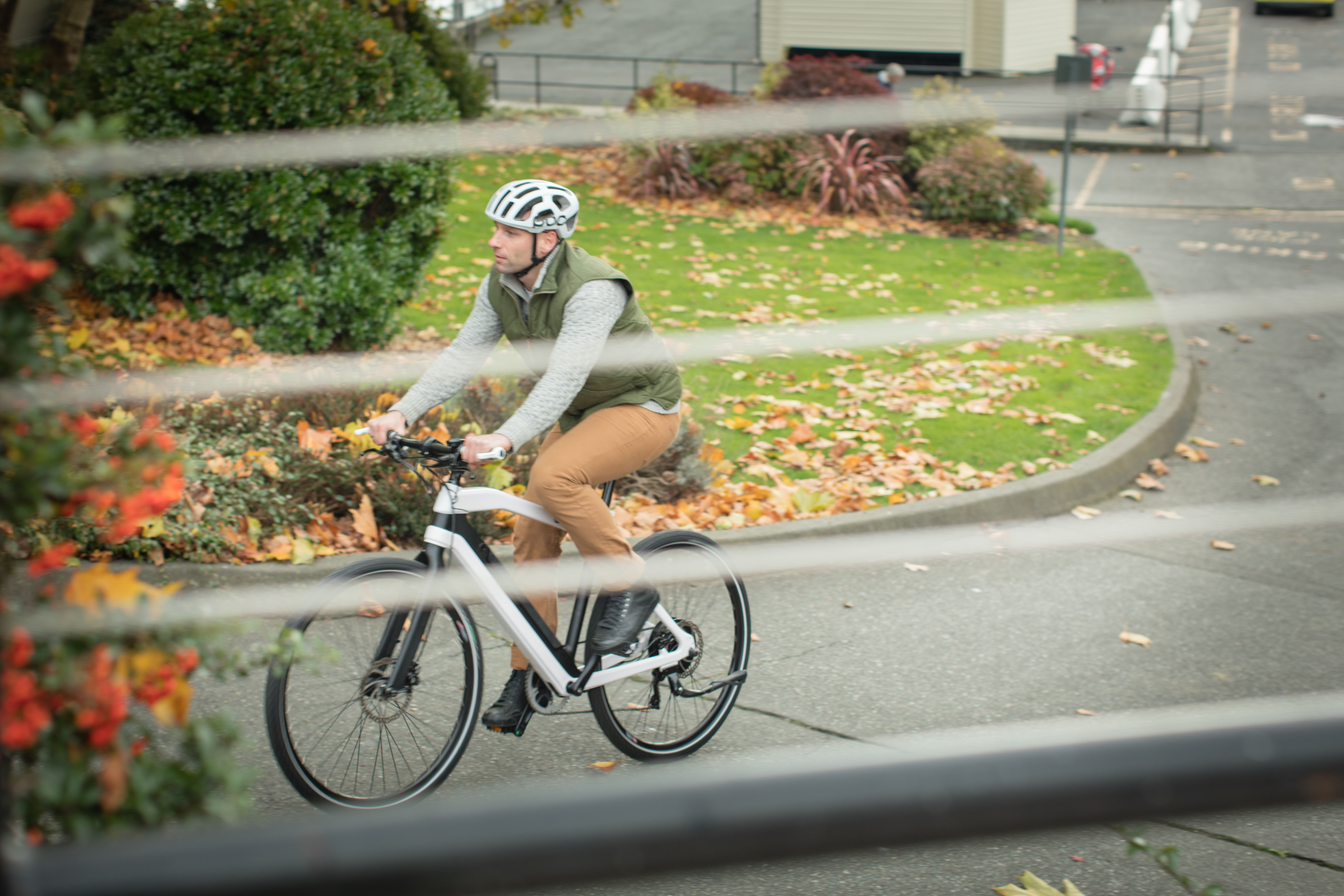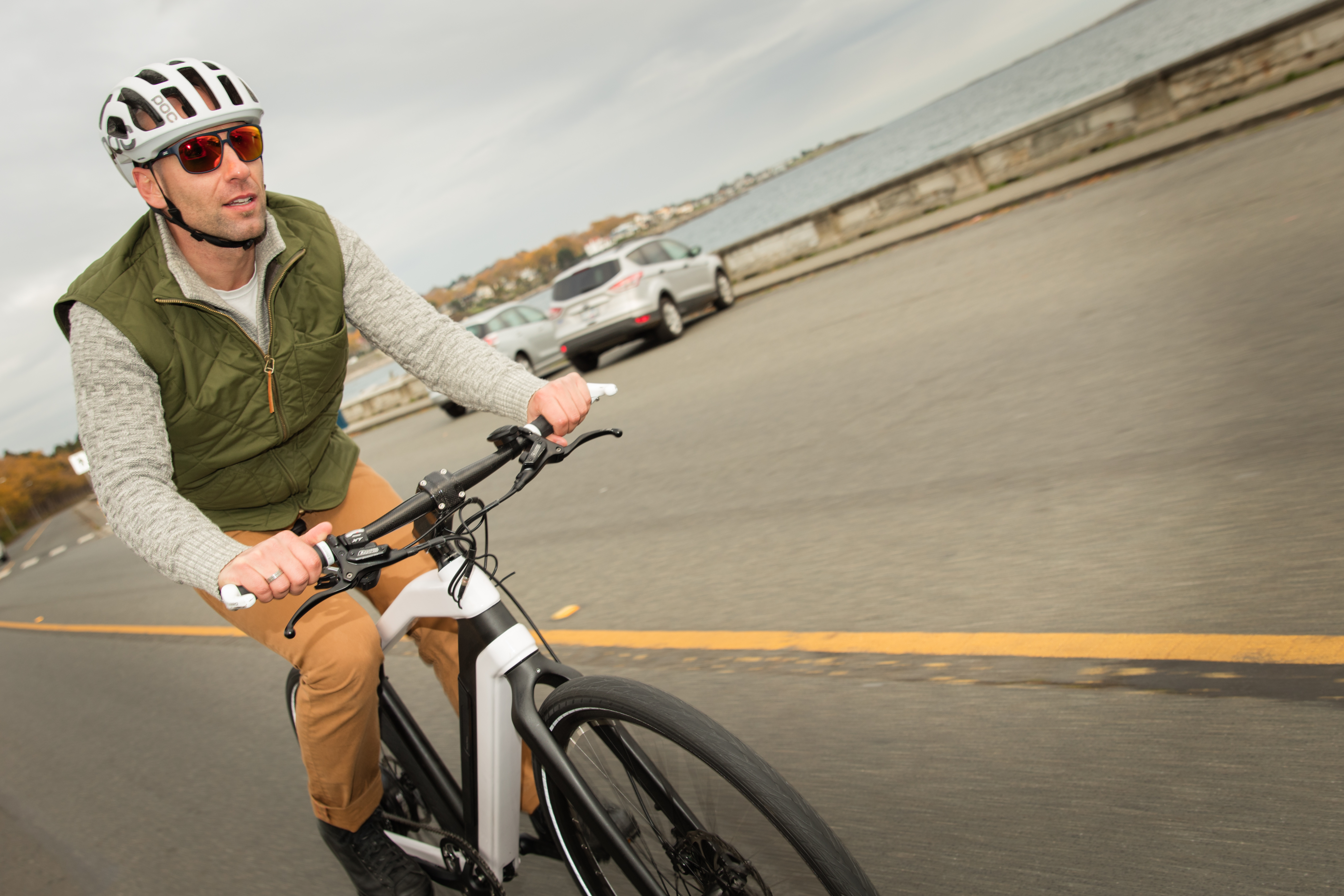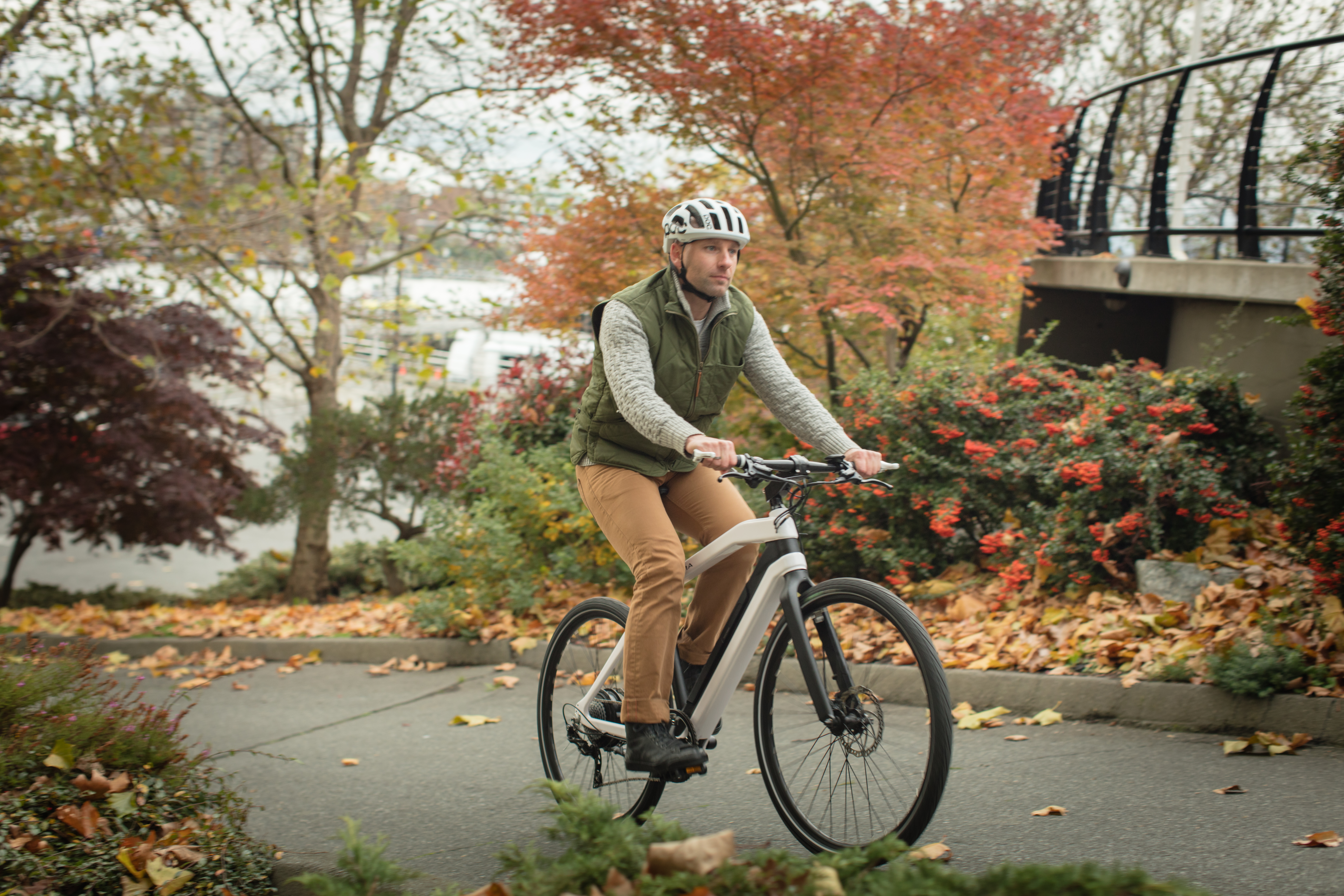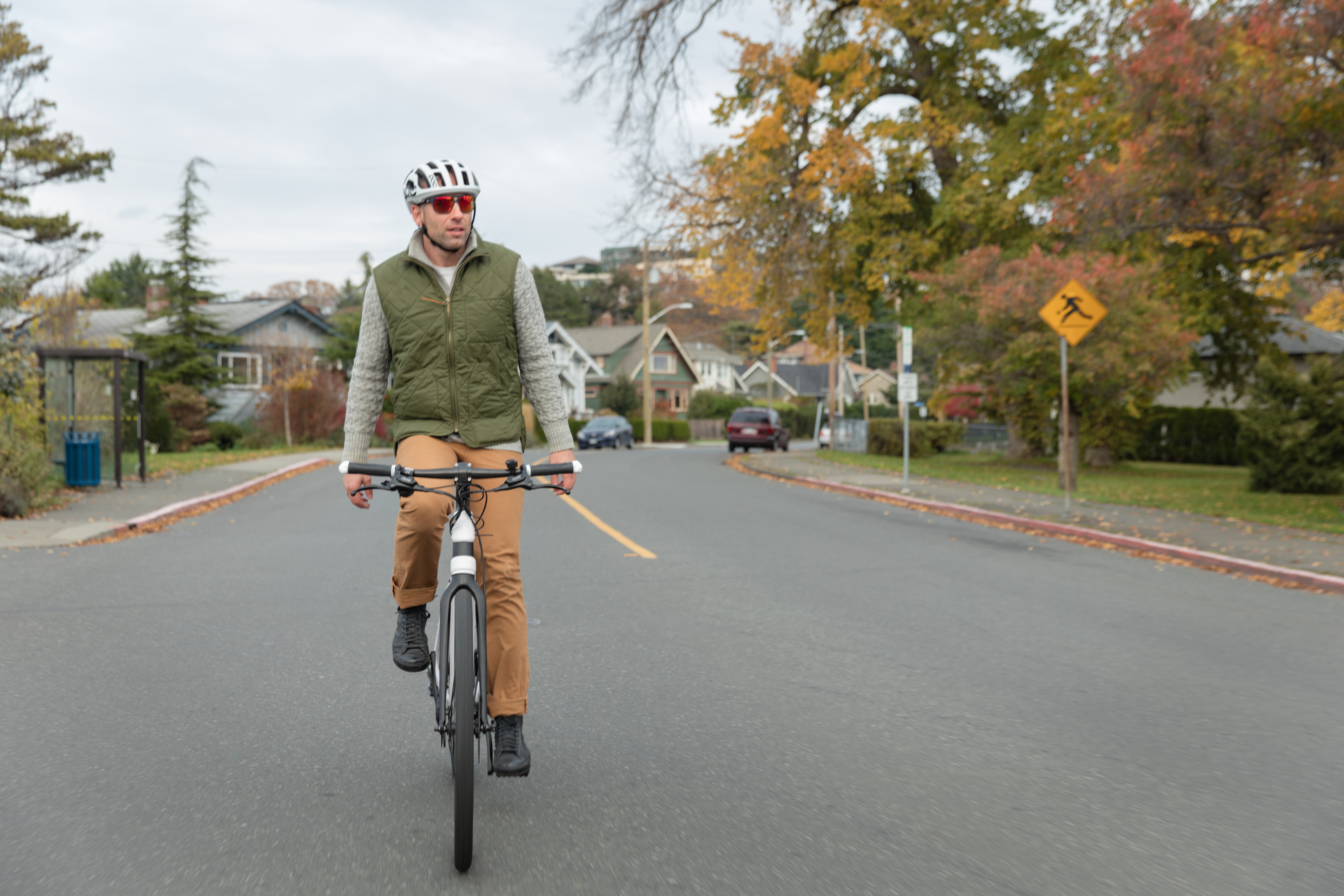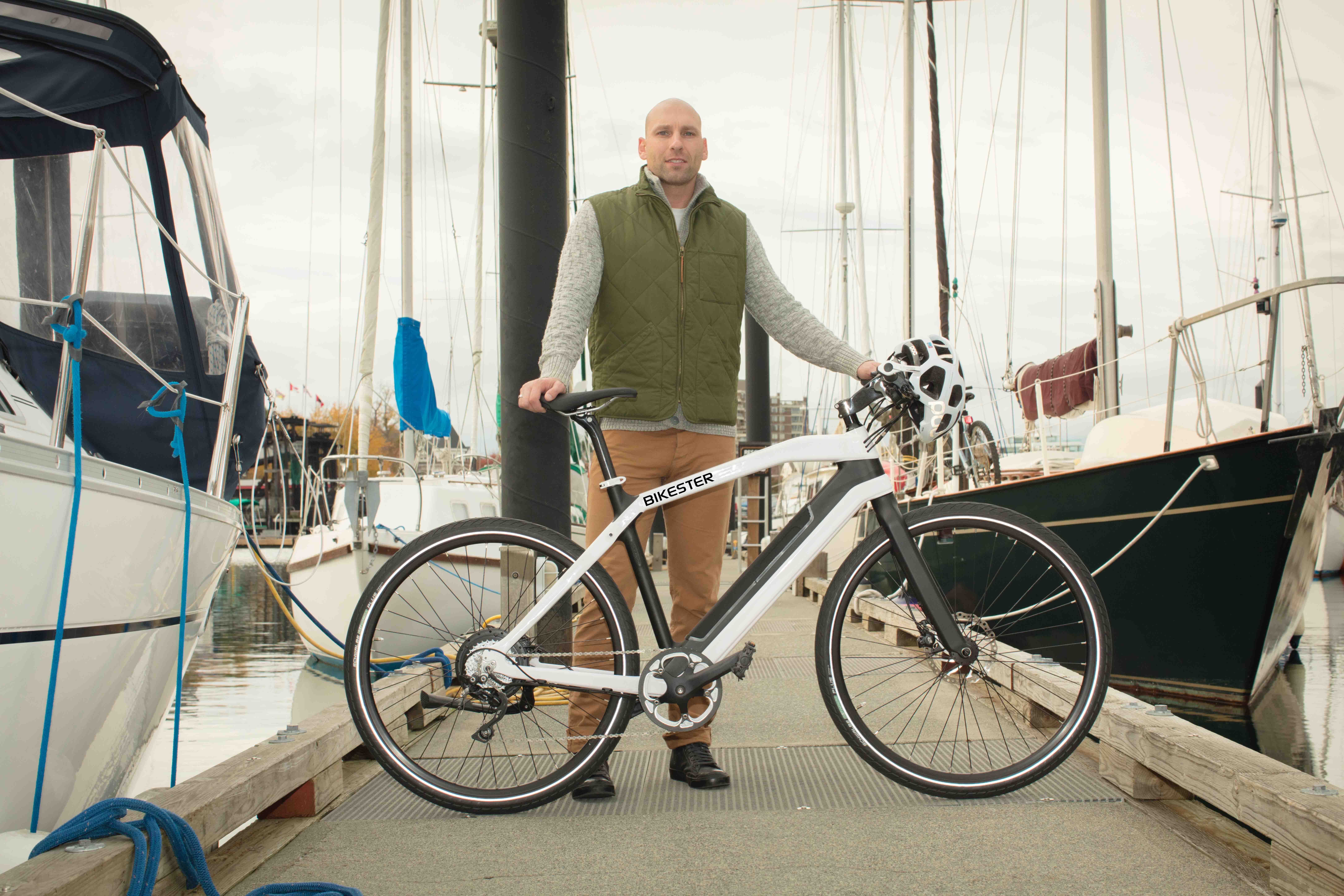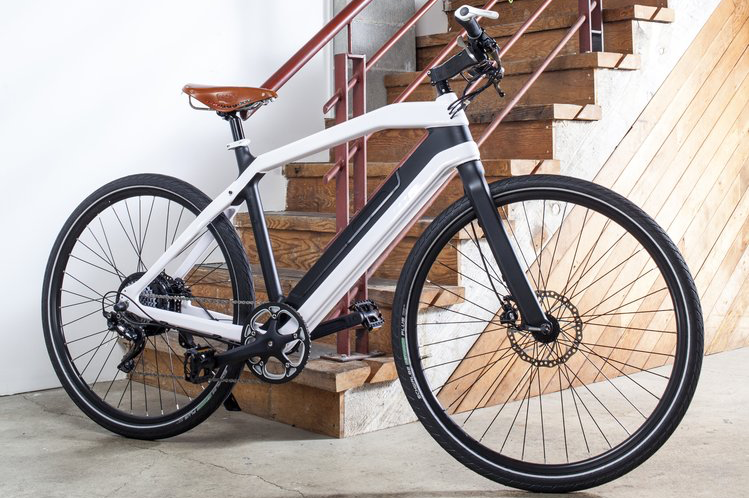But the latest bike to break into the market, the Diavelo Zeitgeist, is aiming to change that stereotype with a design that is reminiscent of a performance cycle, rather than an armored tank.
Diavelo is marketing its Zeitgeist as the first electric bike “you would actually want to be seen riding.” The 2016 model has a sleek, lightweight frame and an integrated battery you can barely see. From a distance, it looks like a mountain bike that could take you down any switchback with ease. When you get closer, little details like a battery built into the frame, a handlebar-mounted wireless controller, and a rear motor reveal the true nature of this dynamic electric bike.
On the hardware side, the Zeitgeist is no slouch. The bike features a Shimano Deore XT-9 drive train with a 500-watt rear motor. A torque sensor at the cranks will help supply the necessary electric power when it is needed, while a Bluetooth wireless controller on the handle allows you to adjust the power (across nine power levels) and monitor performance. Stopping power is provided by Tektro’s Auriga E-Comp hydraulic disc brakes and levers, while Schwalbe road slicks on an Alex G6000 double-wall, 36-hole alloy 700c rims provide a smooth ride.
The battery technology on the Zeitgeist is cutting edge. The 48V module uses a high-density lithium-ion technology that is similar to the batteries used to power Tesla’s successful line of electric cars. The battery mounts into the frame with an integrated lock that keeps it secure. It also is easily removable, allowing you to recharge it as needed. According to Diavelo, the battery only takes four hours to charge on standard household current.
Zeitgeist is accepting pre-orders for the Diavelo Zeitgeist using Crowd Supply. The manufacturer is offering two models — the Zeitgeist S with an aluminum alloy frame, and the Zeitgeist X with a lightweight carbon fiber frame that slims the bike down to 44 pounds. The bikes are available at early bird prices of $3,999 for the carbon fiber X model and $2,999 for the aluminum S model.
